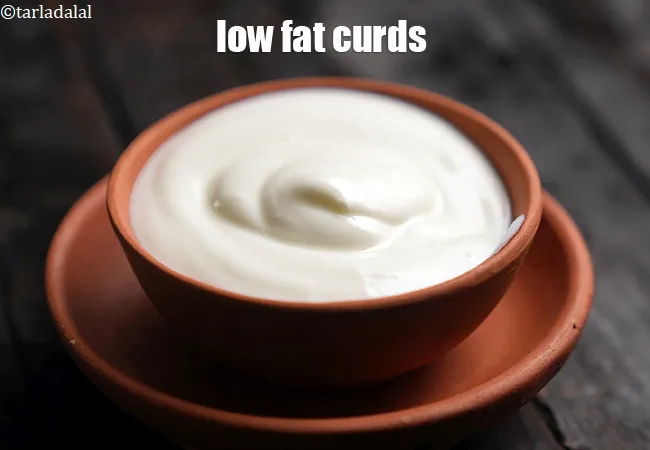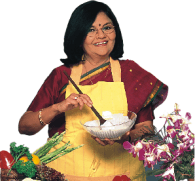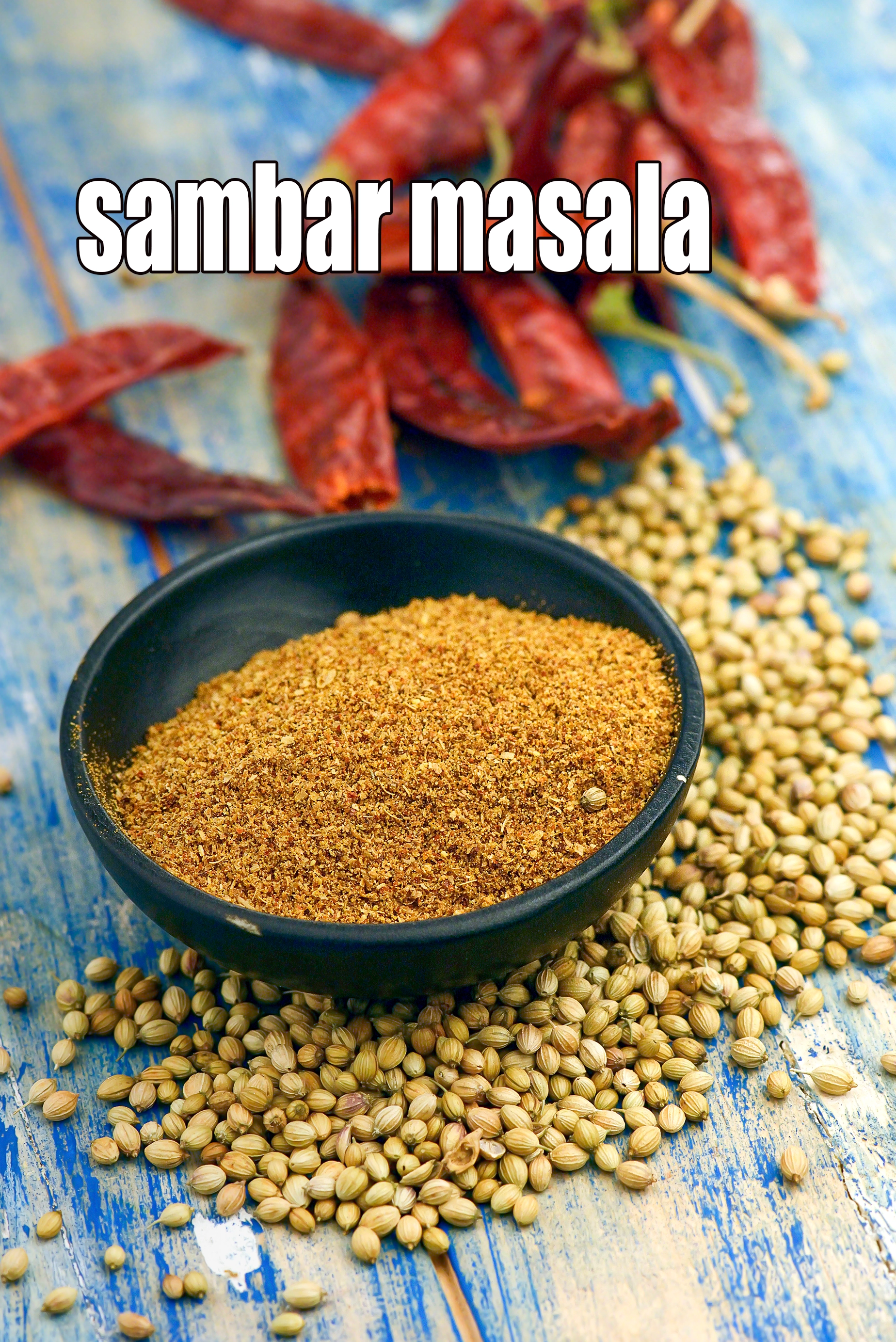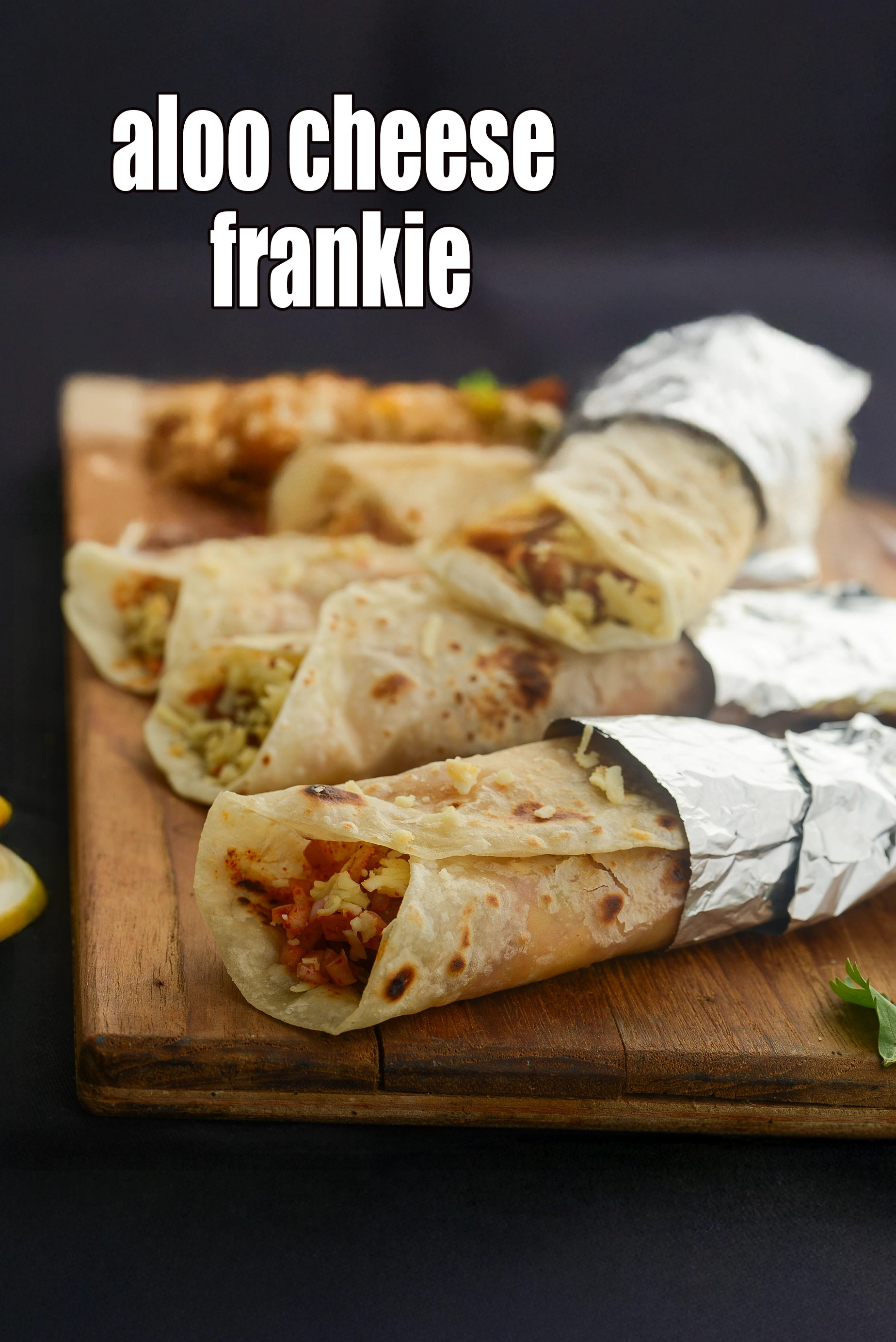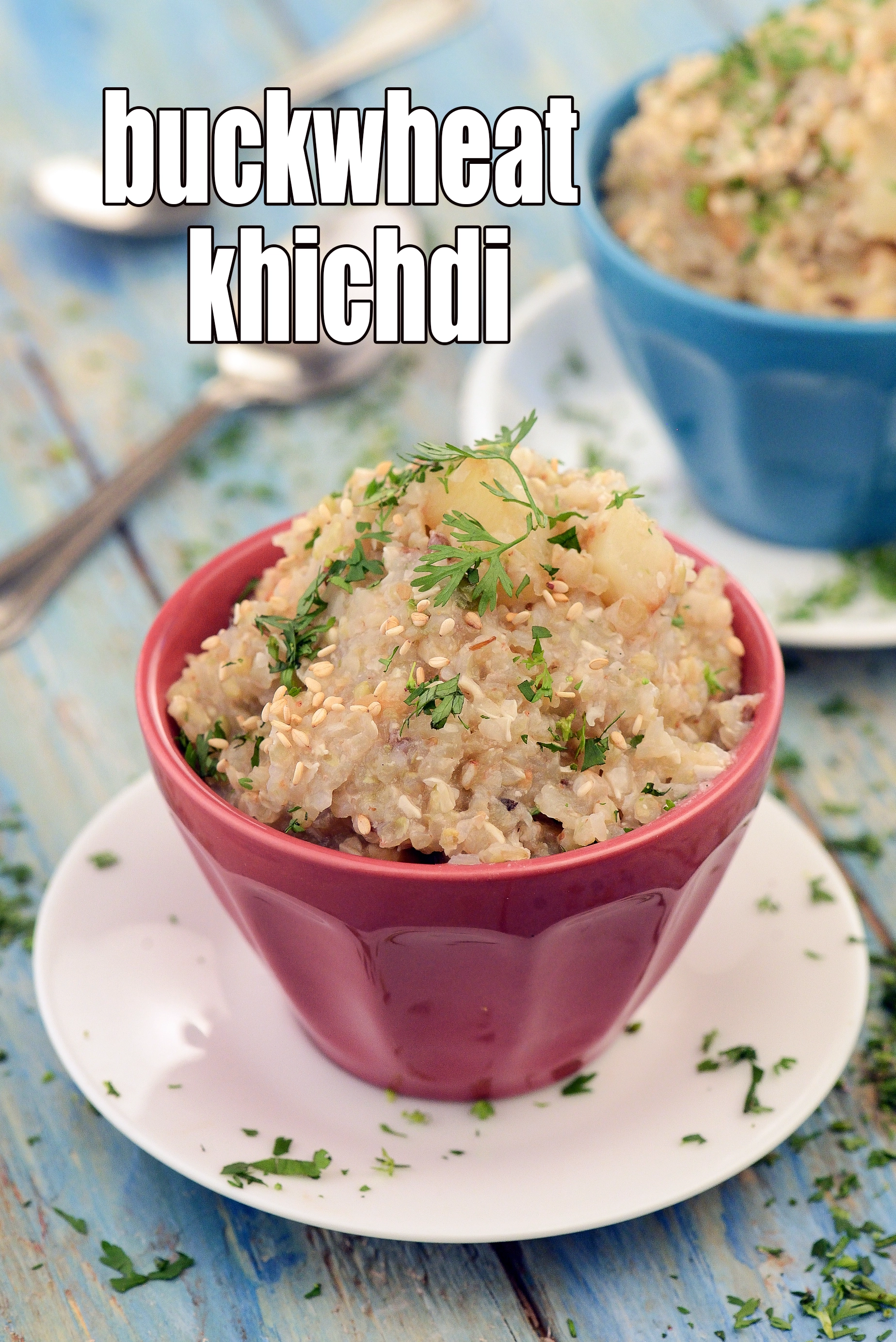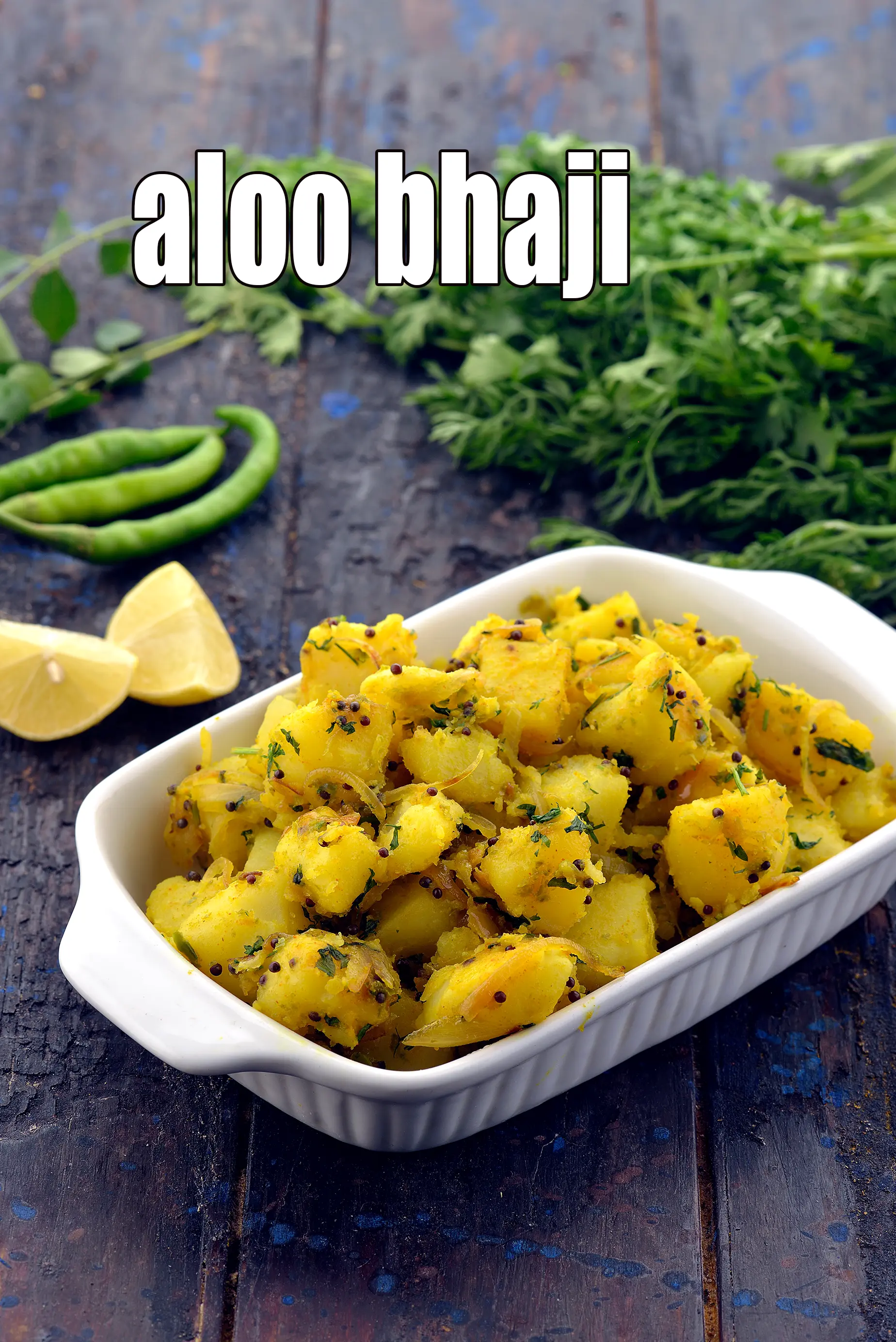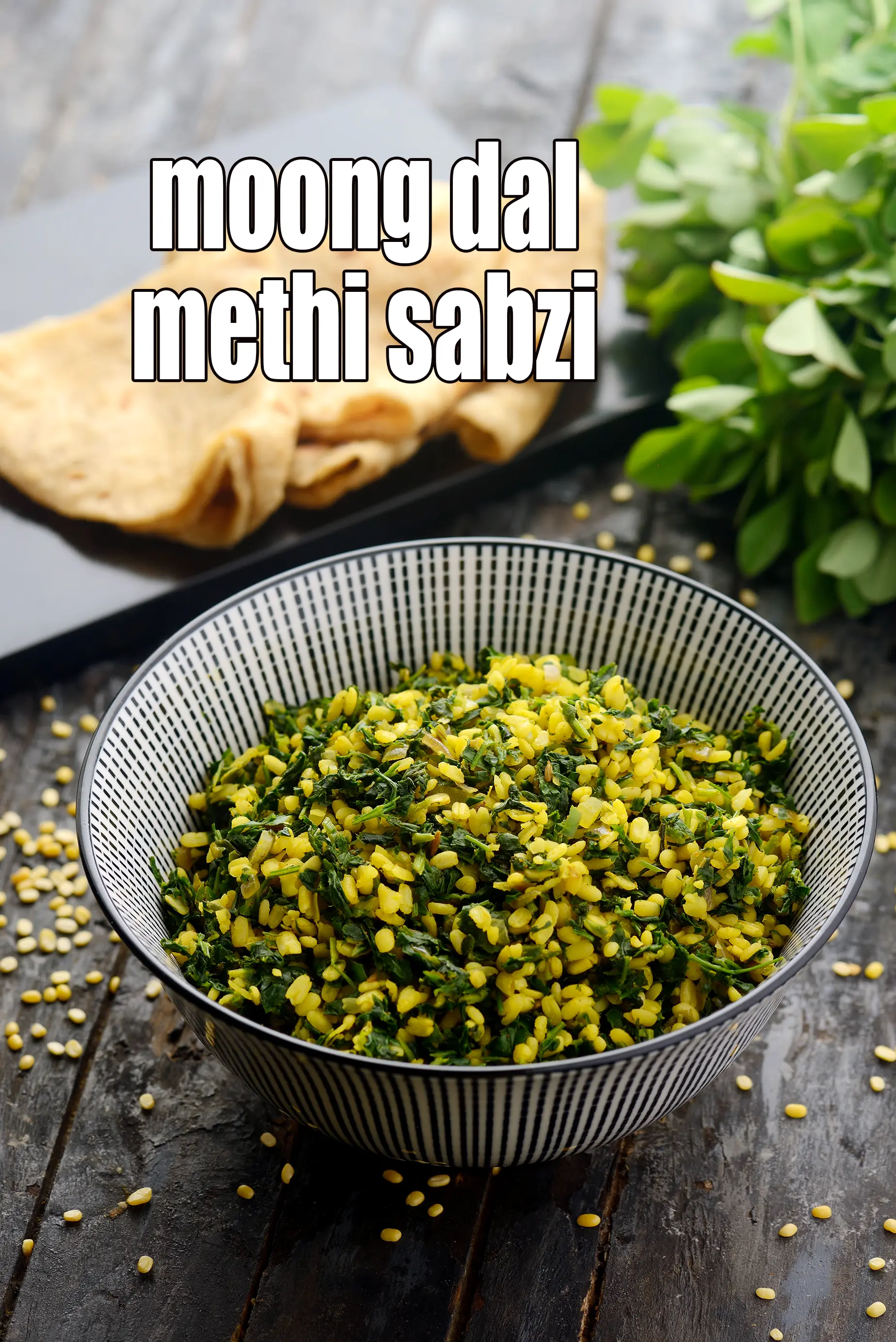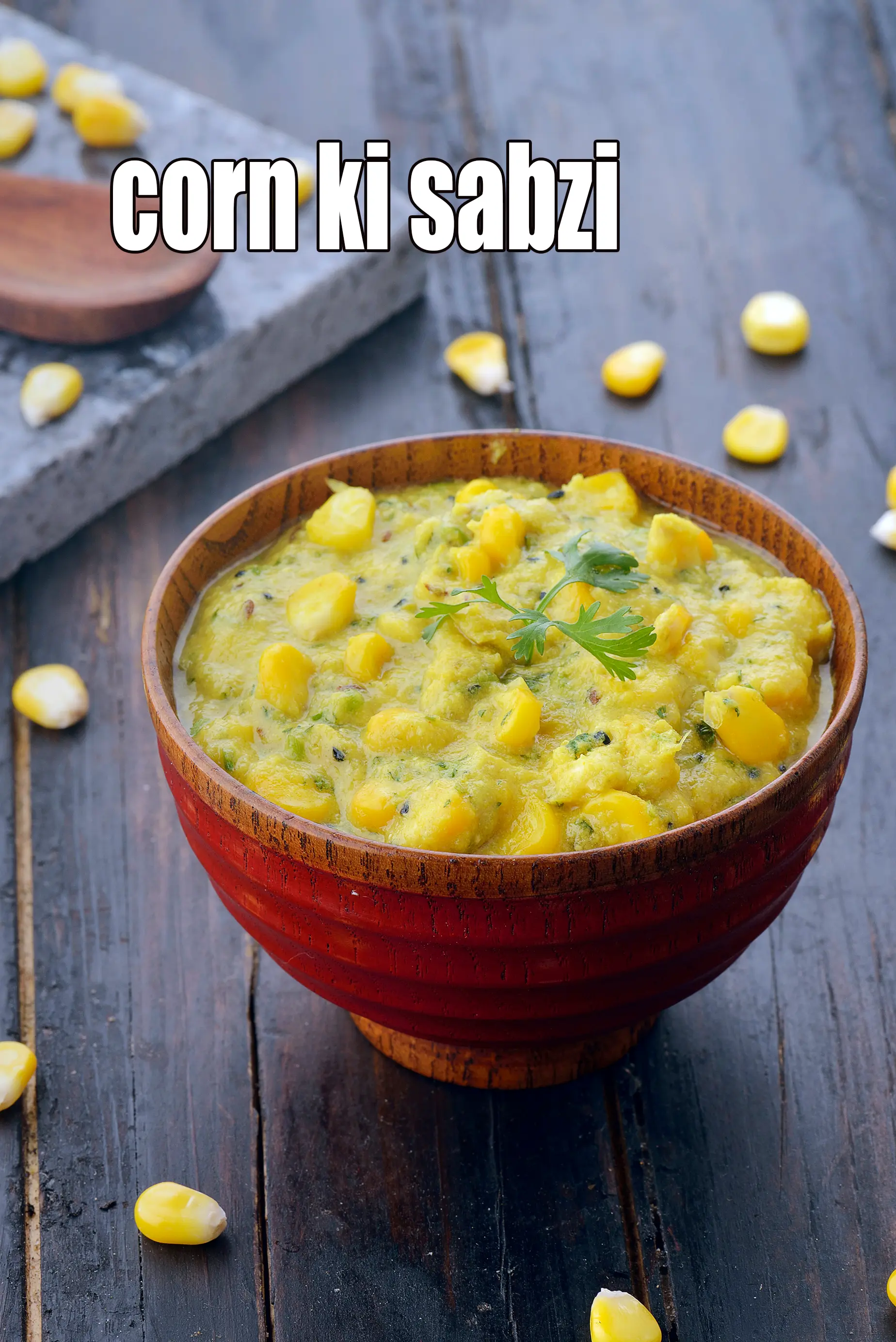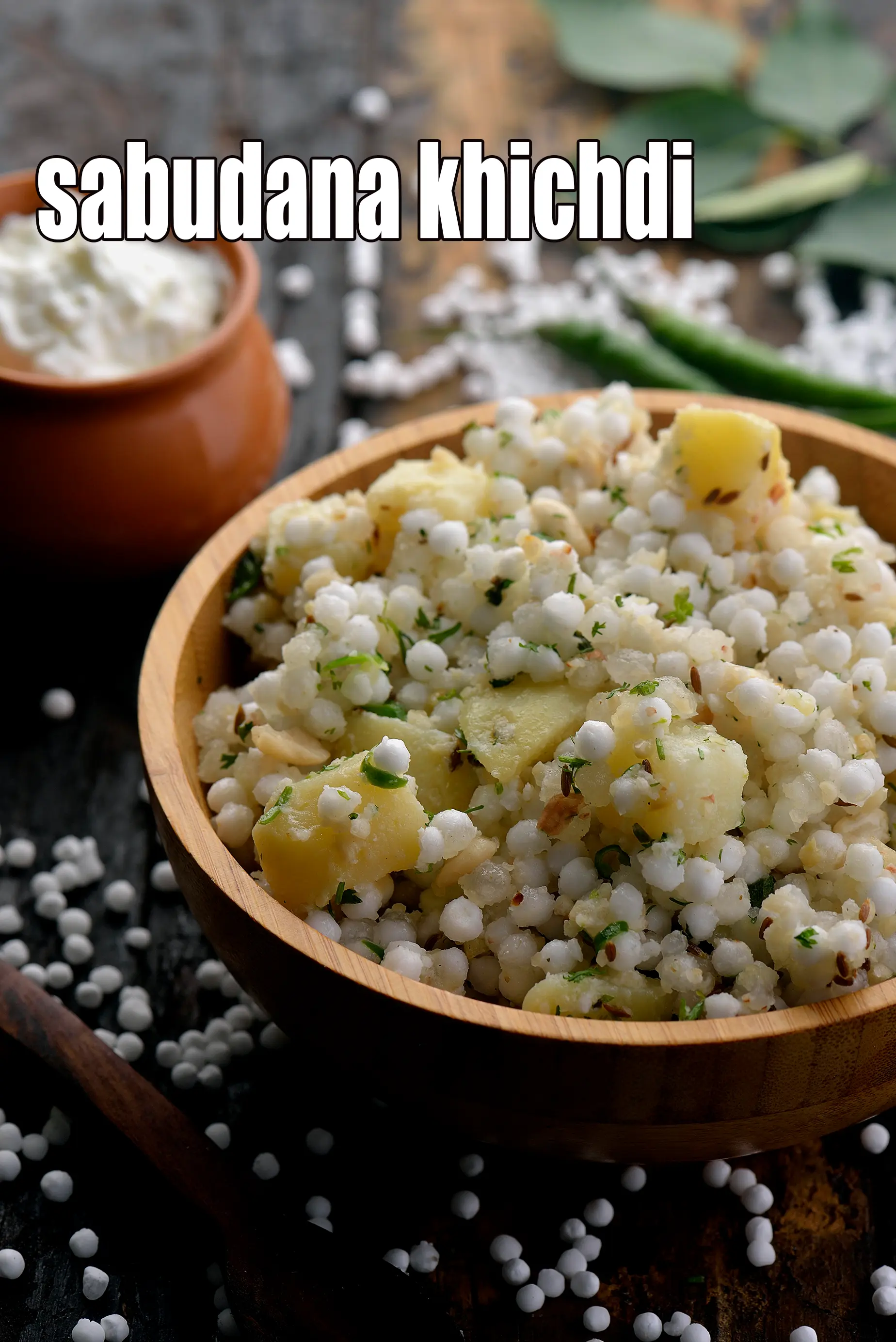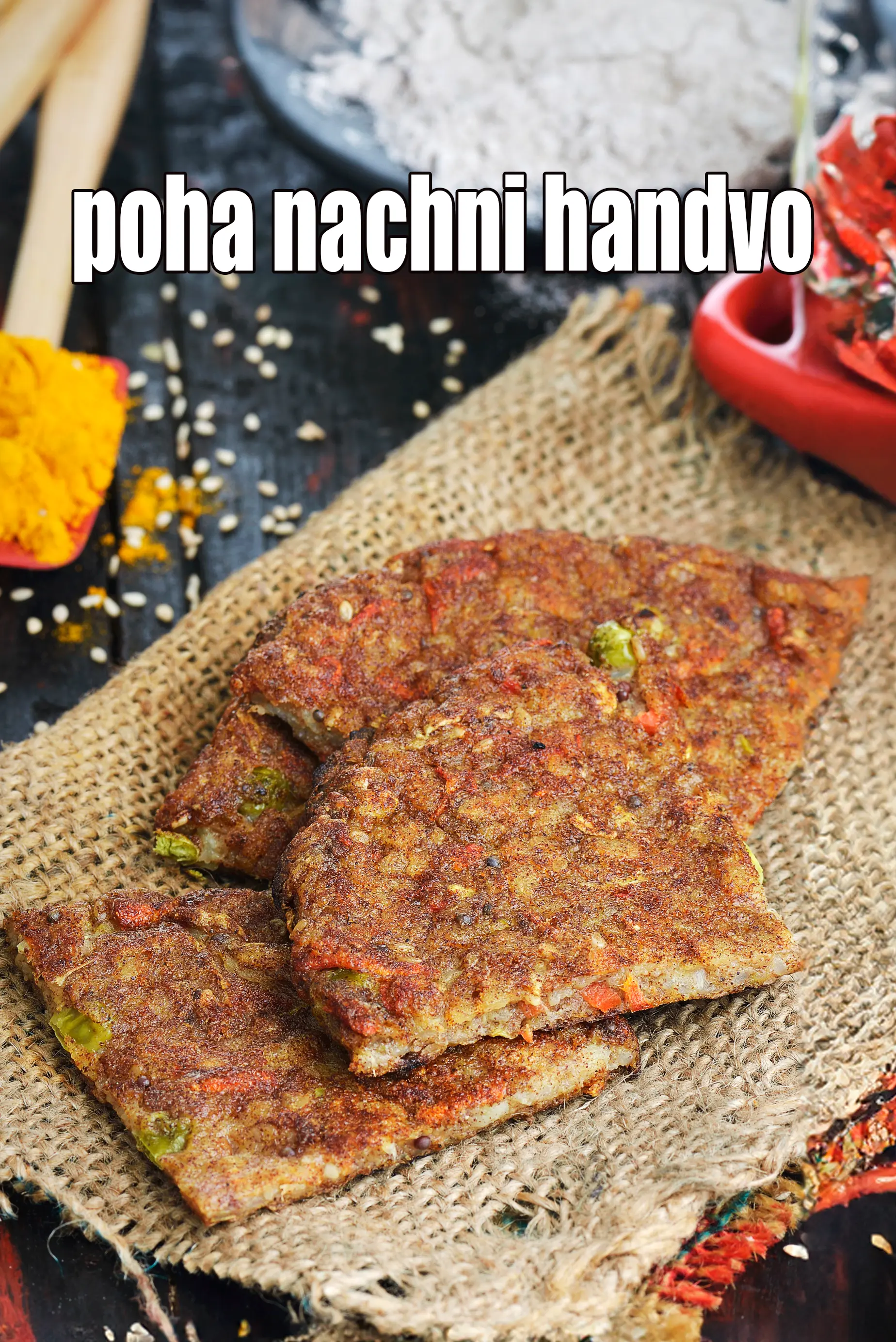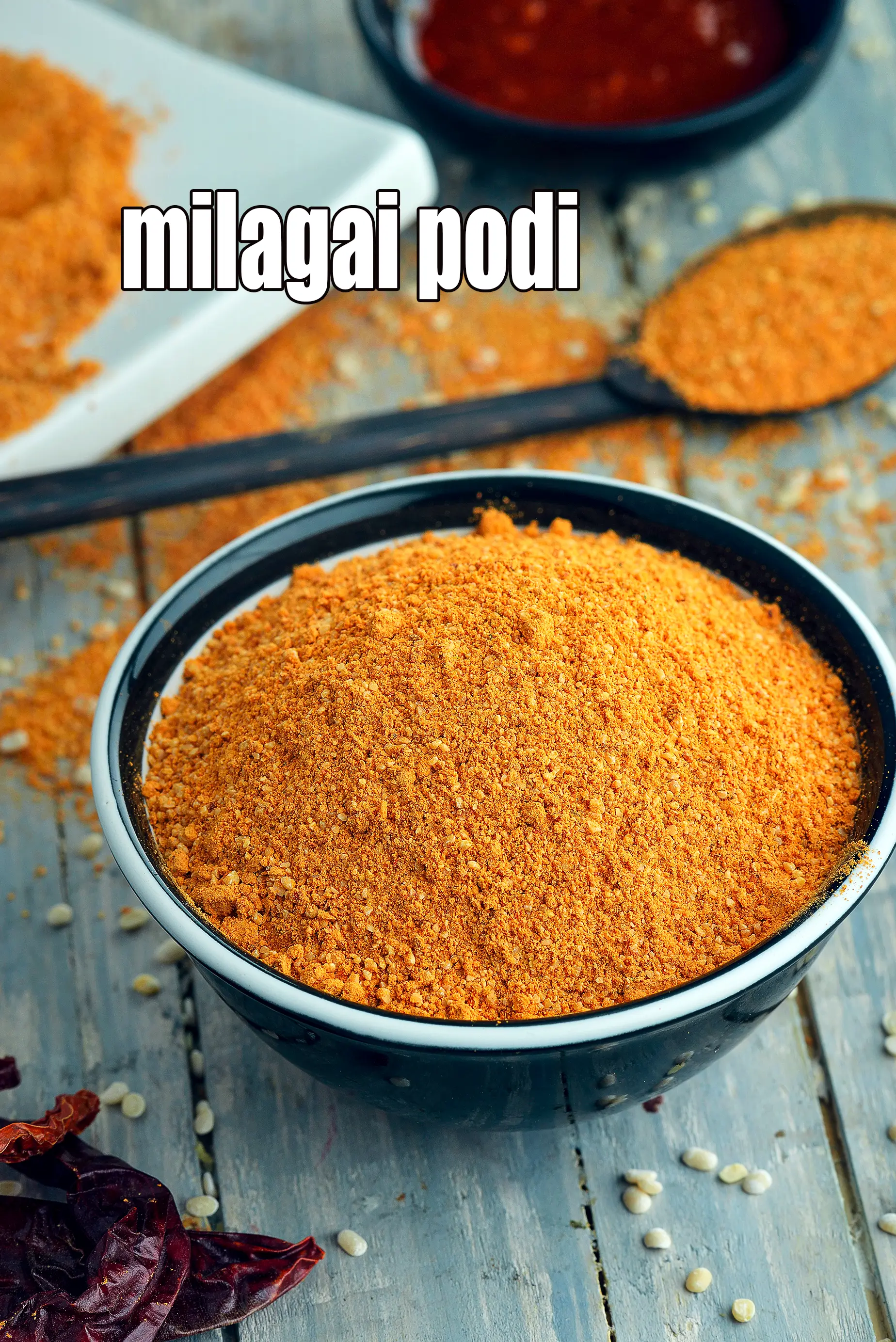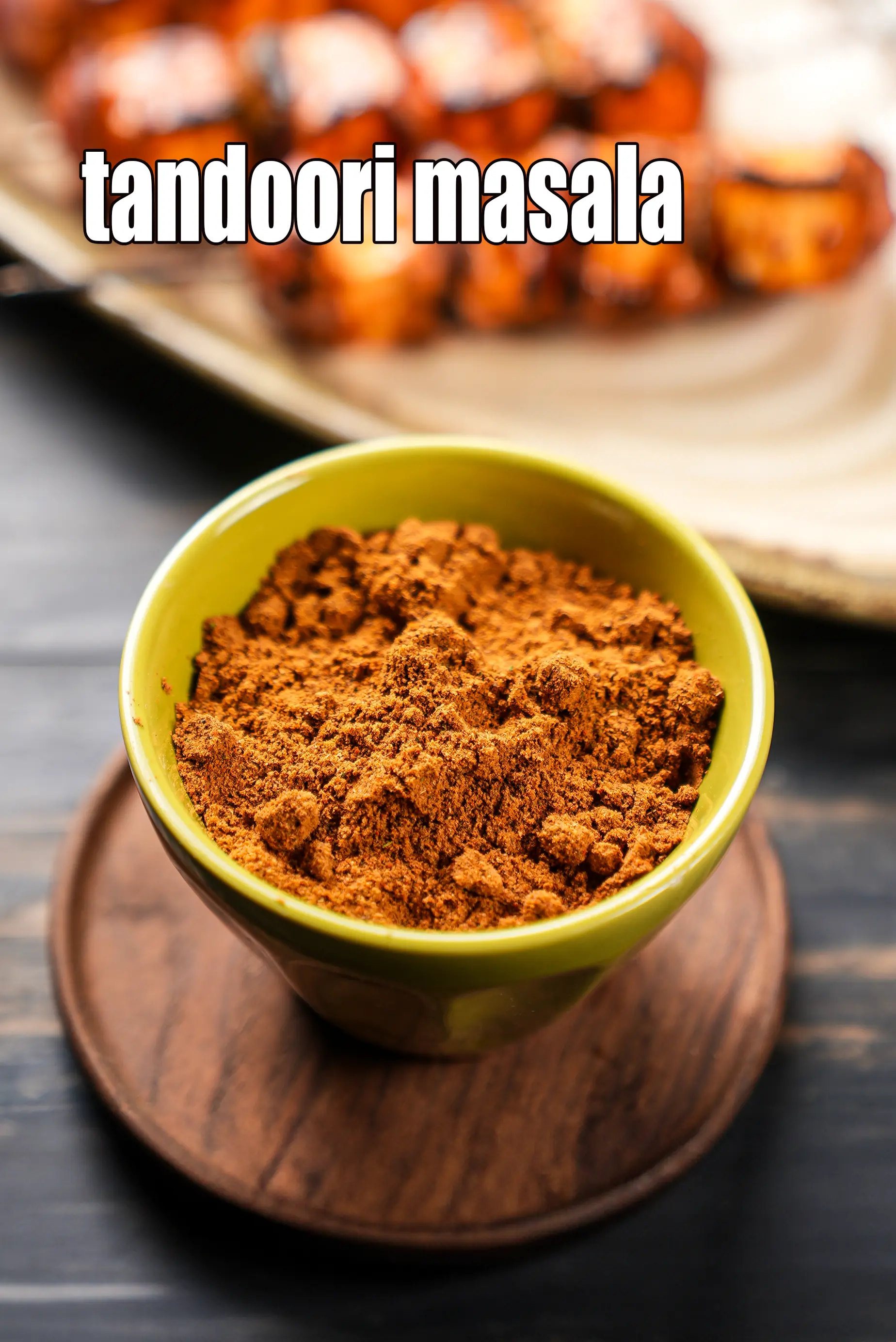Nutritional Facts of Zero Oil Fada ni Khichdi Recipe, Calories in Zero Oil Fada ni Khichdi Recipe
This calorie page has been viewed 11388 times
Healthy Indian Recipes
Healthy Indian Recipes
Healthy Indian Recipes
Table of Content
How many calories does one serving of Zero oil Fada ni Khichdi have?
One serving (205 grams) of Zero oil Fada ni Khichdi gives 117 calories. Out of which carbohydrates comprise 93 calories, proteins account for 19 calories and remaining calories come from fat which is 5 calories. One serving of Fada ni Khichdi provides about 6 percent of the total daily calorie requirement of a standard adult diet of 2,000 calories.
Fada ni Khichdi recipes makes 820 grams of khichdi, serves 4 with 205 grams per serving.
117 calories for 1 serving of Fada ni Khichdi ( Zero Oil ), Cholesterol 0 mg, Carbohydrates 23.3g, Protein 4.8g, Fat 0.5g. Find how much fibre, iron, calcium, zinc, magnesium, phosphorus, sodium, potassium, folic acid is present in Fada ni Khichdi ( Zero Oil Dal Chawal Recipe).
zero oil fada ni khichdi recipe | zero oil dalia khichdi | zero oil healthy moong dal lapsi khichdi | with 30 amazing images.
Zero-oil fada ni khichdi is an innovative Gujarati khichdi made in the pressure cooker with zero oil. Learn how to make zero oil dalia khichdi.
What is Khichdi? Breakfast, brunch, supper or dinner, if you want a simple meal in a hurry, look no further than the humble khichdi. Khichdi is usually made with a combination of grains and dals, cooked till soft and mushy, just a little thicker than porridge. This makes it comforting to the palate and easy to digest too. Most commonly, khichdi is made of rice and moong dal.
We have got you a perfect, healthy and tummy filling khichdi recipe "zero oil fada ni khichdi". Fada translates to broken wheat, lapsi, dalia or bulgar wheat. We have used the very nutritive and healthy dalia as the main ingredients which makes the zero oil brown wheat khichdi super nutritive too.
Think comfort food, and zero oil broken wheat khichdi is one of the first options that comes to mind. Easy to make, a one pot dish dinner, and a one dish meal , the zero oil Gujarati style fada ni khichdi is the epitome of convenience. Breakfast, brunch, supper or dinner, if you want a simple meal in a hurry, look no further than the humble zero oil dalia khichdi.
Main ingredients for zero oil fada ni khichdi.
Broken wheat is a good source of complex carbohydrates, which can help to keep you feeling full and satisfied after eating. High Fibre in dalia aids in managing Diabetes.
Yellow moong dal cooks quickly and easily, which makes it a good choice for khichdi. The fibre (4.1 g in ¼ cup) present in yellow moong dal prevents the deposition of bad cholesterol (LDL) in the arteries which promotes a healthy heart in turn.
This low-calorie, zero-oil Fada ni Khichdi ( 117 calories ) is ideal for weight loss. Serve zero oil healthy moong dal lapsi khichdi with a bowl of low fat curds.
Pro tips for zero oil fada ni khichdi. 1. Add 1/2 cup sliced onions. Onions have a mild, sweet flavor that compliments the other flavors in khichdi. They can also help to deepen the flavor of the dish. Along with other phytonutrients from onions, it helps to build WBC (white blood cells) which serves as a line of defence against illness. 2. Add 1/4 cup green peas. Green peas add a bit of crunch and sweetness to khichdi. They can also help to make the khichdi more creamy and smooth. Green peas are good for weight loss, good source of vegetarian protein and have insoluble fibre to relieve constipation. 3. Add 1 tsp ginger-garlic (adrak-lehsun) paste. Ginger and garlic are both aromatic vegetables, which means that they release pleasant fragrances when cooked. This can help to make khichdi more appealing to eat.
Is Zero oil Fada ni Khichdi healthy?
Yes, this is healthy. But restrictions apply to some.
Let's understand the Ingredients.
What's good.
1. Dalia ( Broken Wheat, Bulgar Wheat) : High Fibre in dalia aids in managing Diabetes. The high fiber further assists in controlling the levels of cholesterol too, thus reducing the risk of strokes. Strong Bones are the backbone of our body. We are aware that with age our bone mineral density decreases and we need a good dose of calcium, phosphorus and magnesium to maintain the health of our bones and dalia provides that. See here for detailed 8 amazing benefits of dalia.
2. Yellow Moong Dal : The fibre (4.1 g in ¼ cup) present in yellow moong dal prevents the deposition of bad cholesterol (LDL) in the arteries which promotes a healthy heart in turn. Packed with nutrients like zinc (1.4 mg), protein (12.2 mg) and iron (1.95 mg), yellow moong dal helps to maintain the elasticity of your skin and help to keep it moist. Fiber, potassium and magnesium from yellow moong dal will work together to regulate blood pressure and soothe the nerves and is diabetic friendly. See here for details of 7 amazing benefits of yellow moong dal.
3. Onions (pyaz, kanda) : Raw onions are a very valuable source of vitamin C – the immune building vitamin. Along with other phytonutrients from onions, it helps to build WBC (white blood cells) which serves as a line of defence against illness. Yes, it’s a source of many antioxidants, the most important one amongst them being Quercetin. The quercetin which promotes production of HDL (good cholesterol) and lowers total cholesterol in the body. The sulphur in onions act as a blood thinner and prevents blood clotting too. This in turn would lower blood pressure and good for heart, diabetics. Read the benefits of onions.
4. Tomatoes : Tomatoes are extremely rich source of Lycopene. Tomatoes are a powerful antioxidant, super rich in Vitamin C, good for heart. Tomatoes are a Pregnant women's friend and are rich in Folate or Folic Acid which helps your body to produce and maintain new cells, especially red blood cells. Read about 13 amazing benefits of tomatoes.
Can diabetics, heart patients and over weight individuals have Zero oil Fada ni Khichdi ?
Yes, but control portion size. High Fibre in dalia aids in managing Diabetes and further assists in controlling the levels of cholesterol too, thus reducing the risk of strokes. Fiber, potassium and magnesium from yellow moong dal will work together to regulate blood pressure and soothe the nerves and is diabetic friendly.
Can healthy individuals have Fada ni Khichdi ?
Yes. We suggest you pair it with homemade curds using cows milk or low fat curds or or a low fat cucumber raita.
Fada ni Khichdi is good for
2. Weight Loss
3. Diabetic Khichdi portion control
7. Low choleseterol rice, khichdi
9. Senior Citizens with Diabetes portion control
10. Senior citizen with heart and cholesterol issues
Zero oil Fada ni Khichdi is rich in below macronutrients, vitamins and minerals given in descending order (highest to lowest).
- Vitamin C : Vitamin C is a great defence against coughs and colds. Have citrus fruits, lemons, vegetables ( capsicum, broccoli, cabbage). Not all of the vitamin C is lost when vegetables are cooked. Some studies have shown that up to 50% of the vitamin C can be retained, depending on the cooking method and the vegetable. Cook vegetables quickly. The longer vegetables are cooked, the more vitamin C they will lose. 24% of RDA.
- Vitamin B1 (Thiamine) : Vitamin B1 protects nerves, helps in carbohydrate metabolism, prevents heart diseases and helps produce red blood cells. Indian Foods rich in B1 are Flax seeds (alsi), Sunflower seeds, Sesame seeds, Garden cress seeds (halim), Capsicum, Wheat flour, Chana dal, moong, walnuts, masoor dal, brown rice, jowar, bajra. 20% of RDA.
What is a healthy accompaniment to this khichdi?
We suggest you pair it with homemade curds using cows milk or low fat curds or a low fat cucumber raita.
Low fat curds recipe | healthy low fat curds | low fat dahi | Indian low fat curds |
How to burn 117 calories that come from one serving of Fada ni Khichdi?
| Walking (6 kmph) = | 35 | mins |
| Running (11 kmph) = | 12 | mins |
| Cycling (30 kmph) = | 16 | mins |
| Swimming (2 kmph) = | 20 | mins |
Note: These values are approximate and calorie burning differs in each individual.
| Energy | 117 cal |
| Protein | 4.8 g |
| Carbohydrates | 23.2 g |
| Fiber | 2.4 g |
| Fat | 0.5 g |
| Cholesterol | 0 mg |
| Vitamin A | 114.6 mcg |
| Vitamin B1 | 0.2 mg |
| Vitamin B2 | 0.1 mg |
| Vitamin B3 | 1.3 mg |
| Vitamin C | 9.5 mg |
| Folic Acid | 23.3 mcg |
| Calcium | 33.3 mg |
| Iron | 1.6 mg |
| Magnesium | 0 mg |
| Phosphorus | 0 mg |
| Sodium | 8.2 mg |
| Potassium | 216.5 mg |
| Zinc | 0.3 mg |
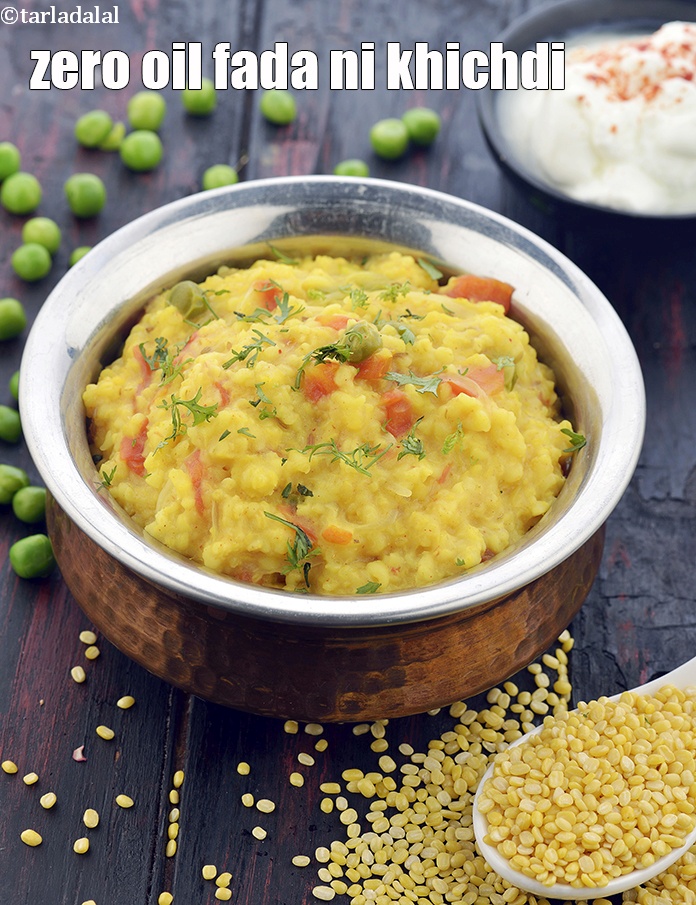
Click here to view Zero Oil Fada ni Khichdi Recipe
Calories in other related recipes
